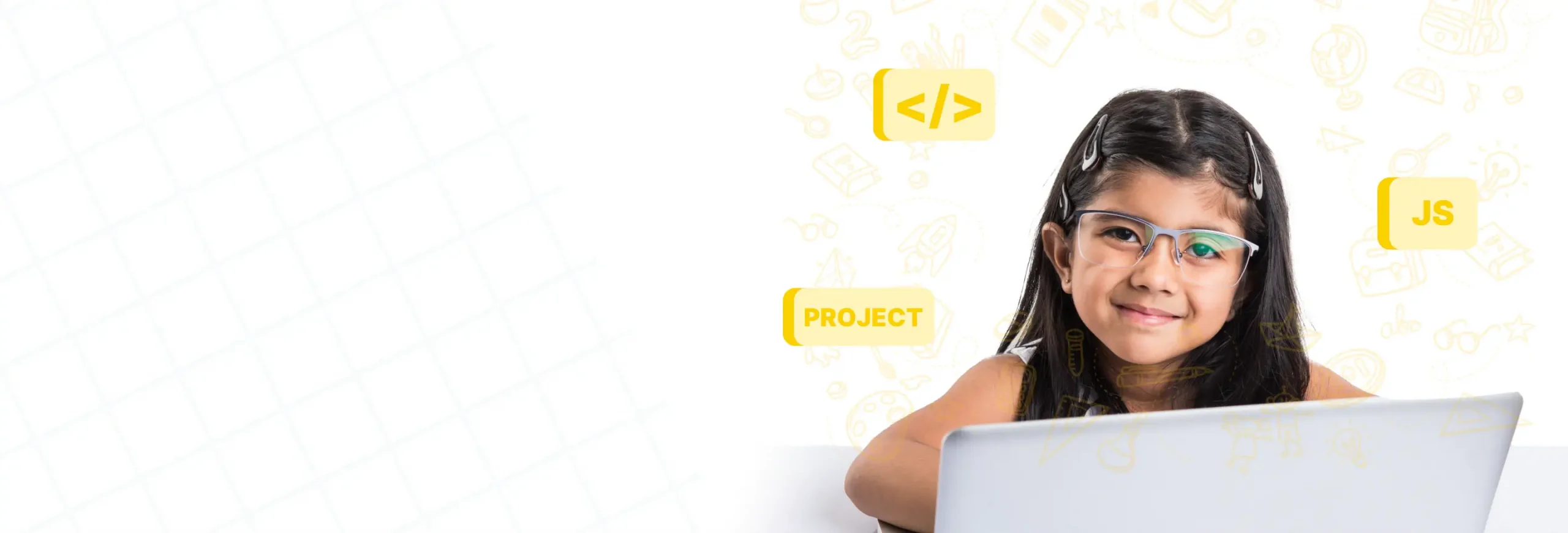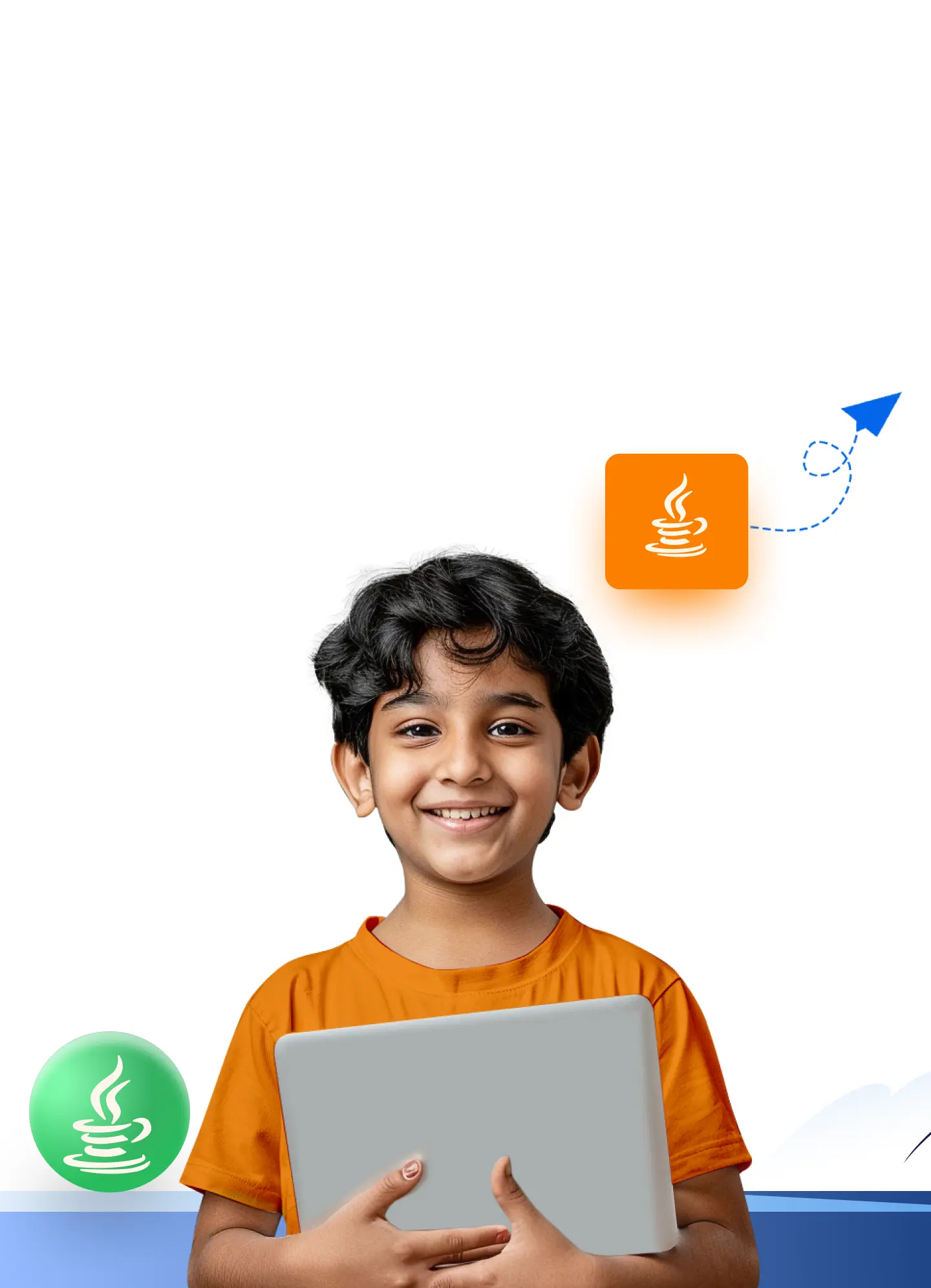Fun and Easy JavaScript Projects for Kids
By Srinithi SankarJavascript is one of the best languages for kids to learn. If you started teaching Javascript to your kids, then congratulations! Now, they are already ahead of more than ninety percent of the kids their age.
But, but, but, is simply learning Javascript in classes enough? Definitely not! To become better at creating phenomenal stuff through JavaScript, you need to practice your skills regularly. Creating Javascript projects is the best way to do that.
But how would kids create Javascript projects? That’s easy. They can create many beginner-friendly JavaScript projects for kids, which we are going to discuss here.
Best JavaScript Project Ideas for Kids
As you have already witnessed through your child’s progress, it’s clearly visible that JavaScript isn’t just for grown-ups but a fantastic playground for young minds too. Through JavaScript, you can easily introduce complete web development to kids.
But before that, they’ll need to master JavaScript completely. So, let’s explore 10 JavaScript project ideas for kids that will help them take their first steps into coding. Since these Javascript projects are for kids, they require no prior coding experience. The best part is that they are very fun and engaging to make. So, let’s get started:
1. Interactive Storybook

Kids love stories, so why not let them create their own? An interactive storybook project allows kids to write a story where readers can choose different paths. Think of it as a “choose your own adventure” book but on a computer screen.
An interactive storybook presents a story that branches based on the reader’s choices, leading to different outcomes. It’s a web-based application where the narrative progresses as the reader selects options at key points in the story.
Additional Tips: Try to make your story more immersive by adding images and integrating audio cues, etc. Also, allowing a ‘save progress’ option can tremendously enhance your digital storybook experience.
Skills Developed: Basic Programming, Creativity, Storytelling, Conditional Logic, DOM Manipulation
Source Code Example: Create Your Own Adventure
2. Simple Calculator
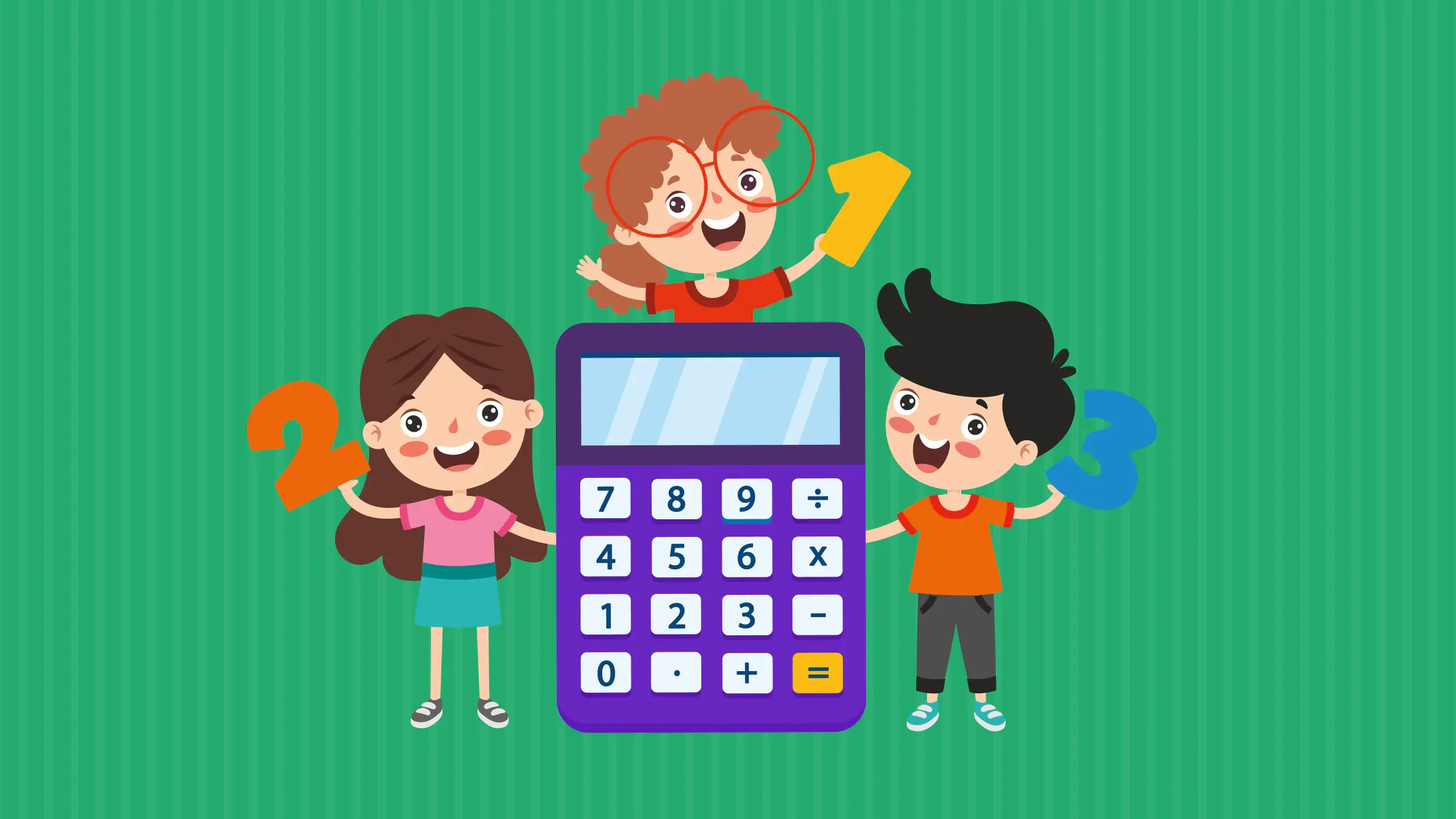
Most kids are already aware of calculators and their function in performing basic arithmetic operations like addition, subtraction, multiplication, and division. This familiarity will be crucial in making the kids enthusiastic about creating their own calculators.
The Simple Calculator project is an excellent introduction to JavaScript for kids that helps kids understand the basics of user input, event handling, and performing arithmetic operations. Kids can create a functional user interface comprising buttons for numbers, operations, and an equal sign to compute the result, along with a display area for input and output.
Additional Tips: You can experiment with colours and layout. If your kid is a little older, then they can also include advanced operations like log, root, etc.
Skills Developed: Understanding variables, functions, basic operations, event handling, user input and output
Source Code Example: Simple Calculator
Also Read: Step-by-Step Guide on Teaching Coding to Young Kids
3. To-Do List App
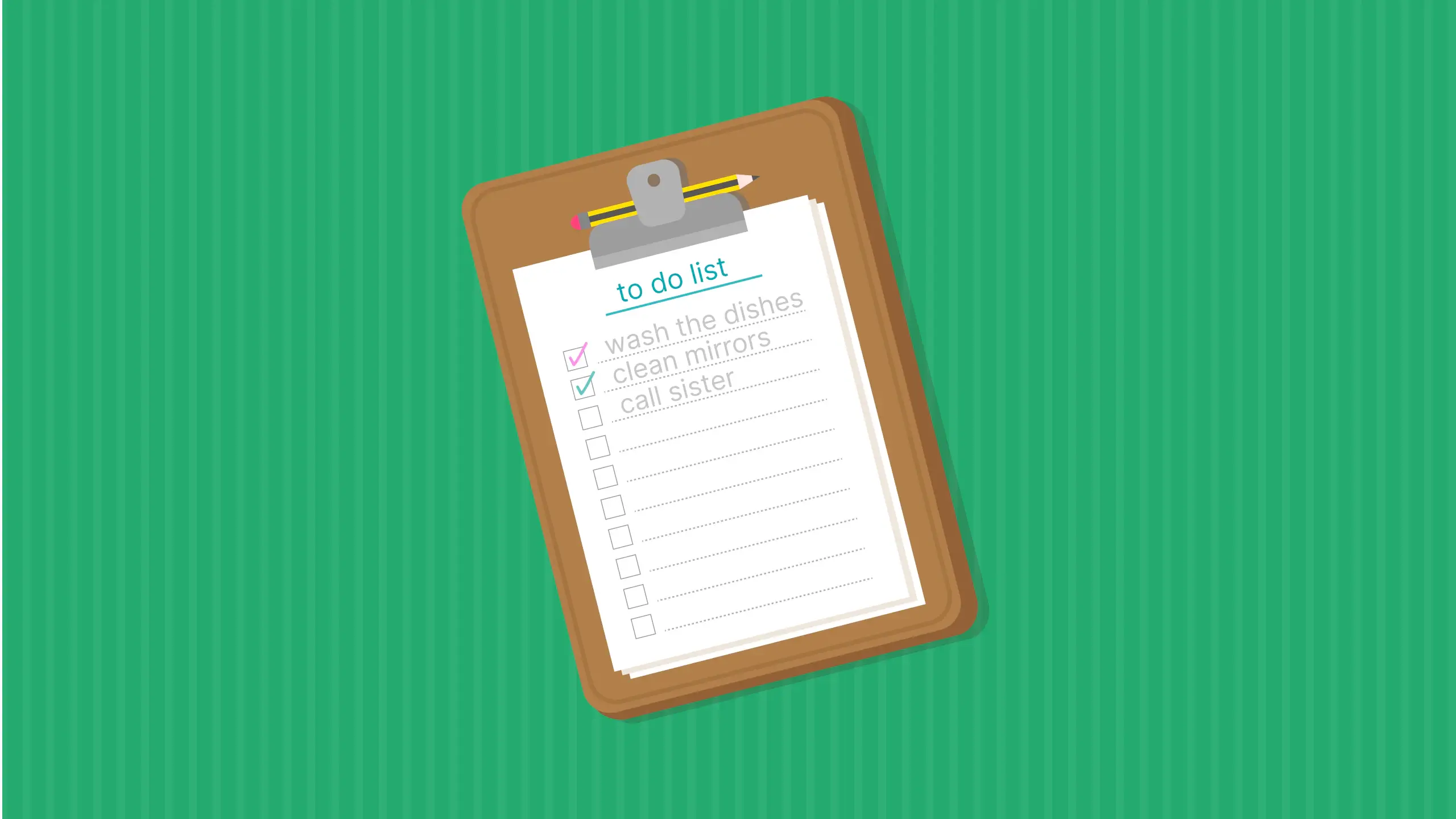
A To-Do List App is a step up in complexity and introduces kids to dynamic web page manipulation, allowing them to track tasks in an interactive manner. Plus, it’s something they can use daily!
It’s easy to build with the right guidance. The app provides a way to add, display, and remove tasks. It’s an excellent project for understanding arrays, loops, and DOM manipulation in Javascript, as it involves listing items dynamically based on user input and updating the display as tasks are added or completed.
Additional Tips: You can make your to-do list much more useful by offering options like categorizing tasks and adding an option to add and display deadlines. If you’re feeling more creative, you can also implement the filter feature!
Skills Developed: Arrays, loops, DOM manipulation, event handling.
Source Code Example: To-Do List
4. Weather Dashboard
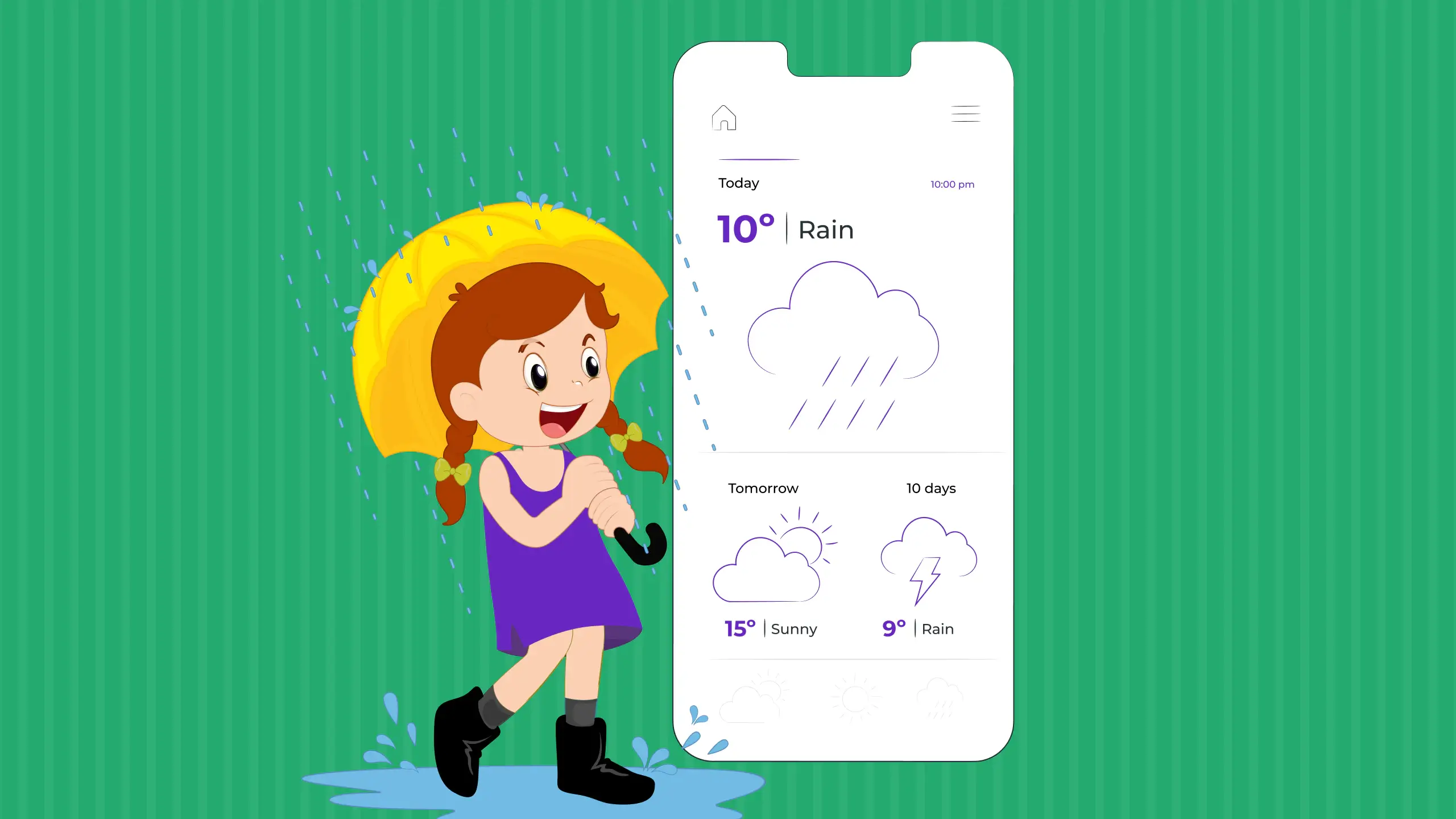
Kids see a weather dashboard daily on their smartphones. It would be so fun if they could build their own weather dashboard through Javascript! The Weather Dashboard project will introduce kids to fetching and using data from external APIs, providing a real-world application of asynchronous JavaScript.
Kids will be able to build a cool dashboard that displays current weather conditions and forecasts based on user input or device location. It involves calling a weather API, processing the JSON response, and updating the web page dynamically to show weather data. Sounds complex, but trust me, it’s very easy to make.
Additional Tips: You can further extend the dashboard to show a five-day forecast, and change the background color based on the weather conditions. You can also give a degree Celsius to Fahrenheit button.
Skills Developed: Working with APIs, JSON, asynchronous programming.
Source Code Example: Simple Weather App
5. Digital Clock
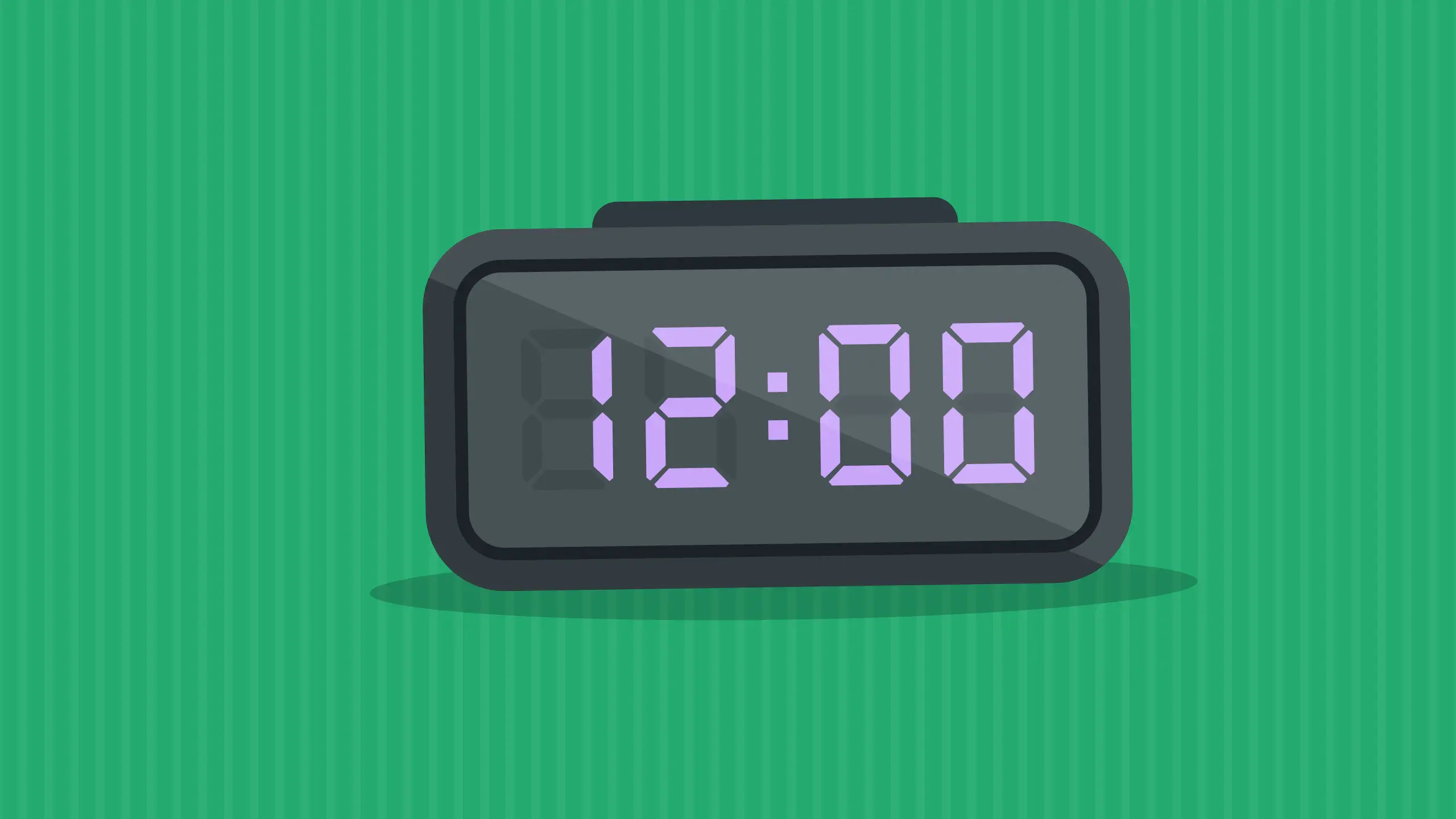
The Digital Clock project is a fantastic way for kids to learn about handling dates and times in JavaScript. All kids need to do is create a live clock that updates every second to display the current time.
It’s a simple project with a touch of real-world application. Your digital clock should ideally display the current time in hours, minutes, and seconds. Kids will learn to use JavaScript’s ‘Date’ object, set intervals for time updates, and manipulate the DOM to reflect changes in real-time, through this project.
Additional Tips: Make your digital clock more accurate by adding an AM/PM indicator based on the time displayed.
Skills Developed: Date and time handling, intervals, DOM manipulation.
Source Code Example: Digital Clock
Also Read: How Learning to Code Can Change Your Kid’s Life?
Are You Ready for a Tech Challenge?
Skip the ordinary and jump into Buzzer, the interactive MCQ game designed for kids who love computer science and technology! Pick a topic, hit the buzzer, and test your knowledge with thrilling gamified questions. Stay sharp, score high, and claim your spot at the top! Play Buzzer now!
6. Quiz Game
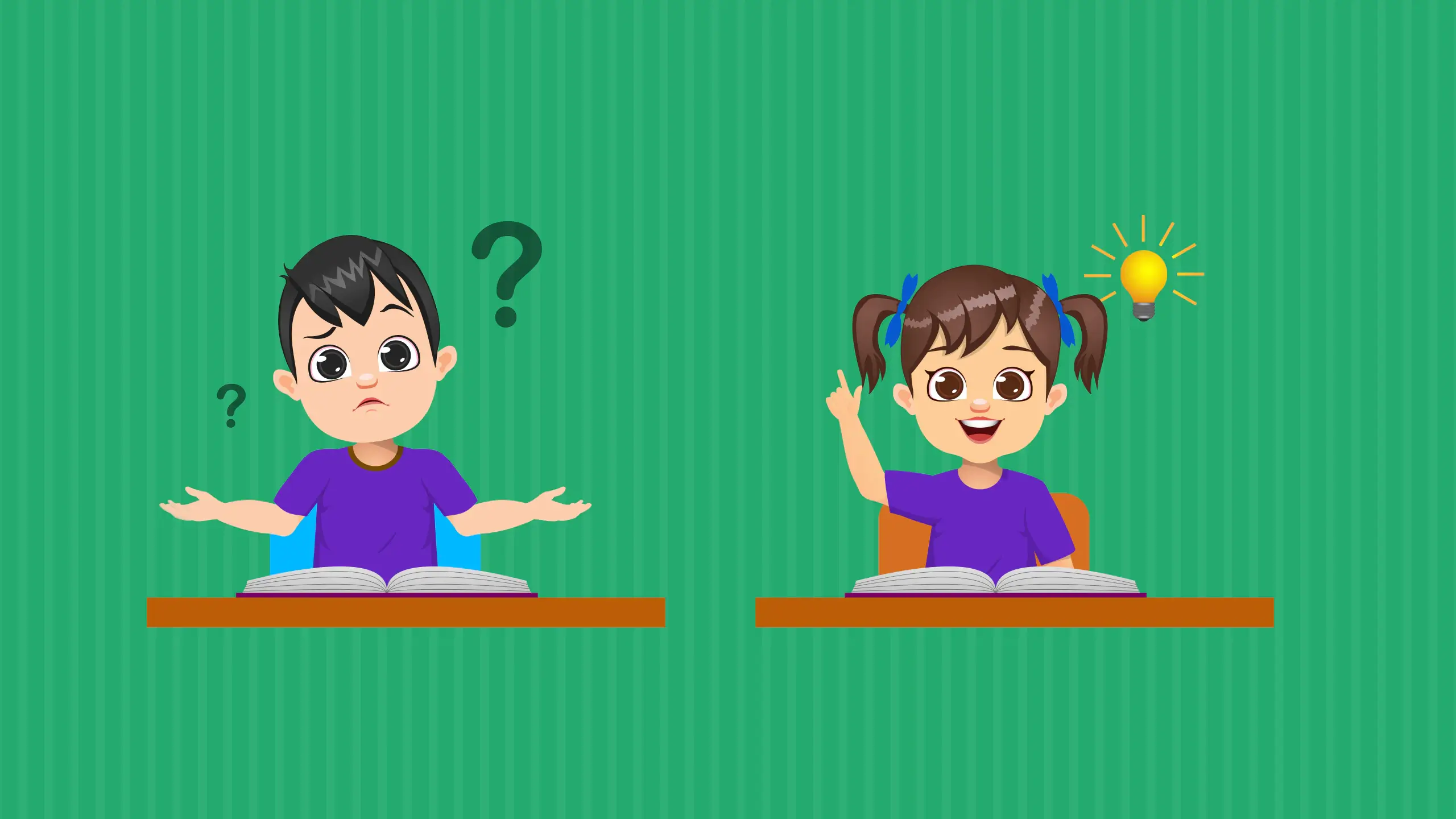
If your child is a quiz wizard and loves participating in them or asking questions to others around them, then this quiz game project in JavaScript is perfect for your child. Through this project, kids can create quizzes on topics they love, from space to their favorite cartoon character or series. How cool is that?
This game presents a series of questions with multiple-choice answers. The player selects an answer for each question, and at the end, the game displays the total number of correct answers. This project can serve as a fun way to learn about conditional statements and scoring.
Additional Tips: To make it more fun, you can add a timer, randomize the order of the questions, and offer a category to select from among multiple categories.
Skills Developed: Logic, conditional statements, scoring, array manipulation.
Source Code Example: Simple JavaScript Quiz
7. Pixel Art Maker
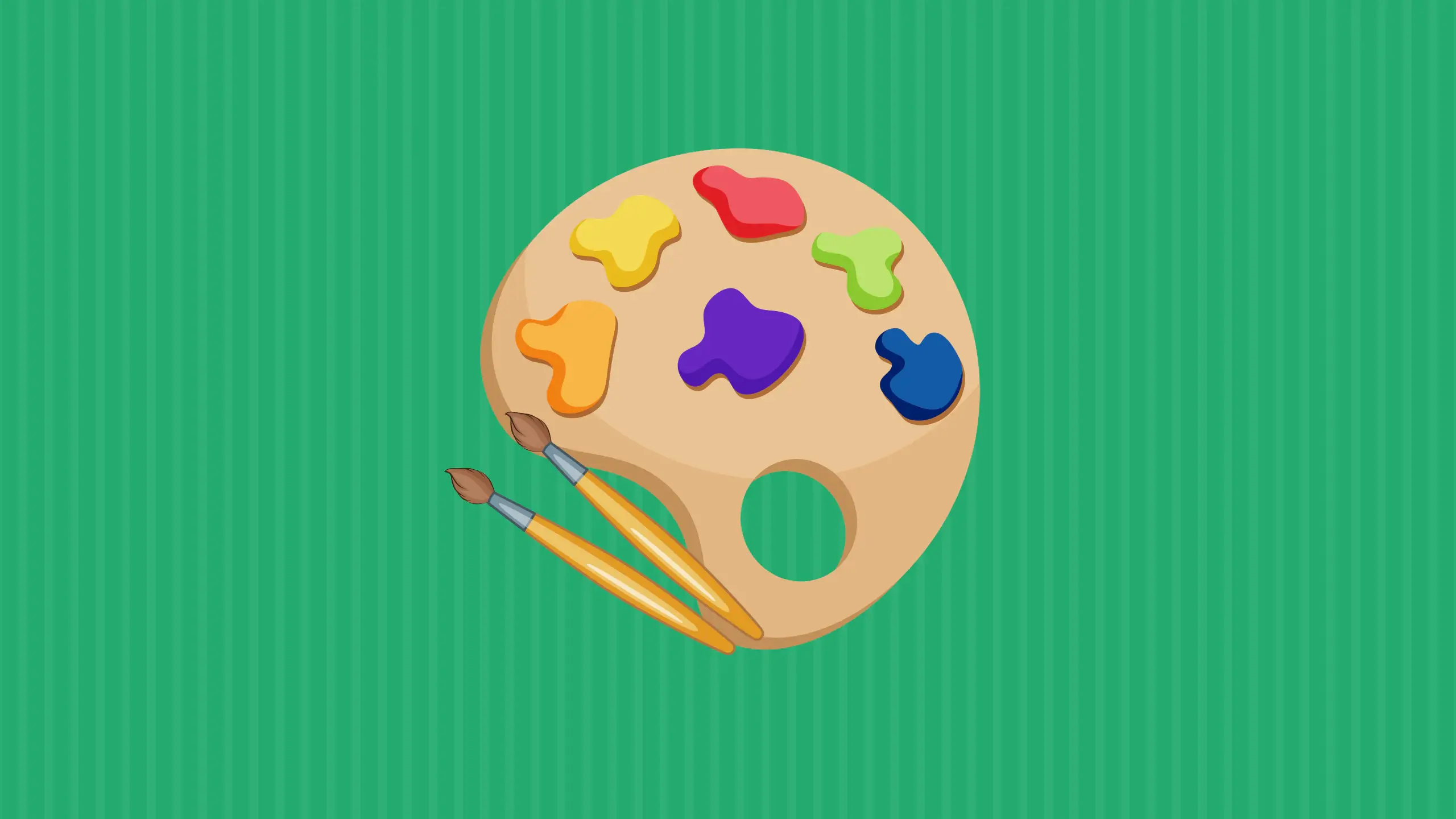
Artistic kids who love playing with colours will love creating this Javascript project. The Pixel Art Maker project encourages creativity and teaches about event listeners and color manipulation.
Kids can design pixelated images by filling in a grid of squares with colors. This web-based application will feature a grid where each cell can be filled with a color selected by the user, allowing for the creation of pixel art designs.
Additional Tips: You can allow the option to download, save and share the artwork created by adding a social media integration link.
Skills Developed: Event handling, Creativity, Color Theory, DOM Manipulation
Source Code Example: Pixel Art Maker
8. Memory Matching Game
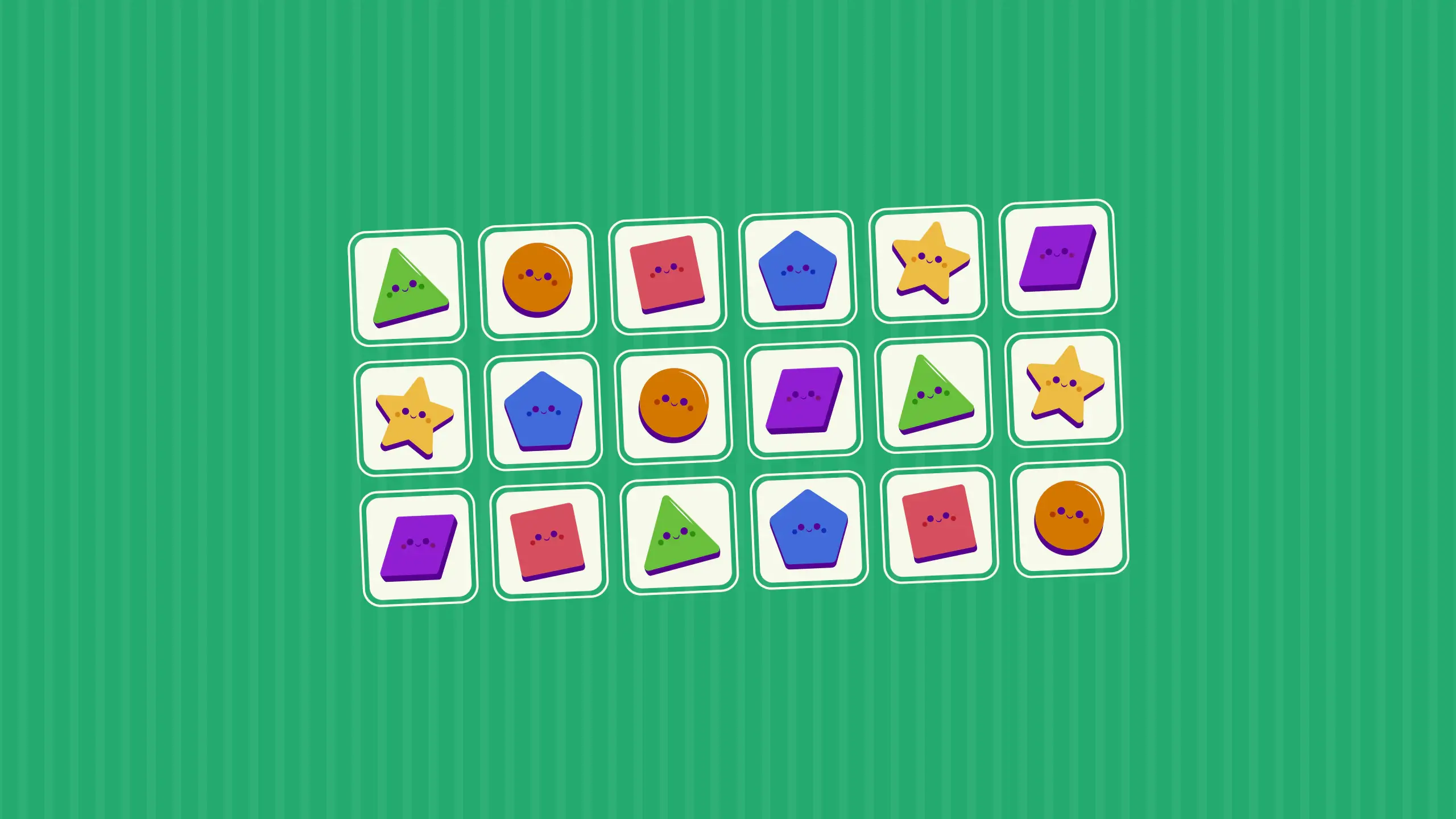
The Memory Matching Game is a classic and engaging project that’s perfect for kids delving into JavaScript. This game tests and improves memory skills by requiring players to find pairs of matching cards. It’s a simple concept but involves a blend of coding skills that offer a great learning experience for young programmers.
In a memory matching game, cards are laid out in a grid face down, and players flip over two cards at a time, trying to find a match. If the cards match, they remain face up. If not, they are flipped back over, and the player tries again. The game continues until all pairs are matched. It’s just so fun and engaging! Try making it yourself and see.
Additional Tips: You can make this game more interesting, personalized and vibrant by allowing card customization through changing colours, icons, etc. You can also introduce levels, time constraints, etc.
Skills Developed: Array Manipulation, Looping, DOM Manipulation, Event Handling, Conditional Logic
Source Code Example: Memory Game
9. Snake Game
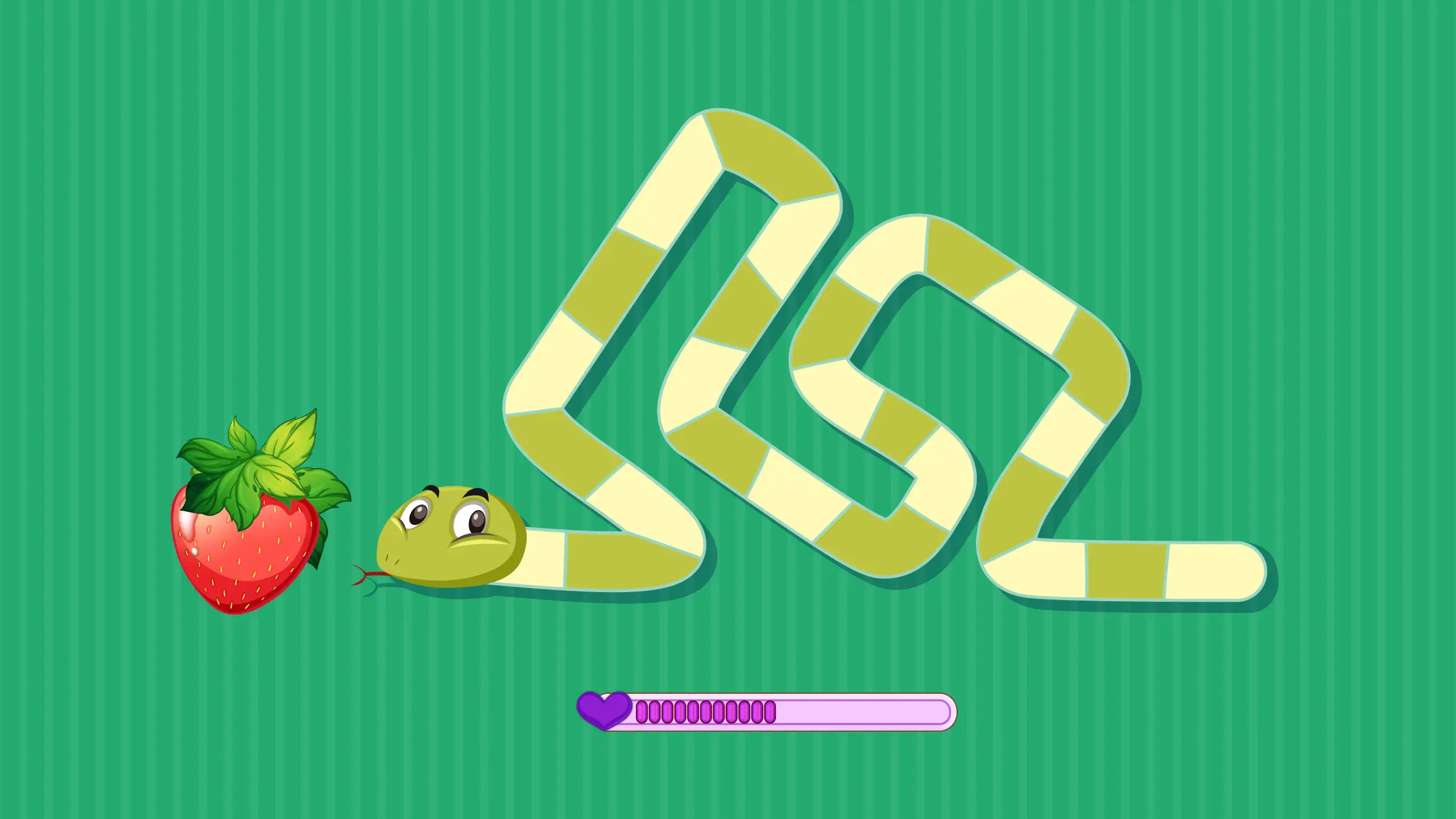
The classic Snake game is a fantastic Javascript project for kids who want to try their hand at game development. It’s a simple yet engaging game where kids can learn how to make the snake move, grow when it eats food, and end the game if the snake hits the wall or itself.
Creating a Snake game from scratch will give kids a sense of accomplishment and a deeper understanding of how games work behind the scenes. They can even add their own twist to the game, like changing the speed of the snake or introducing new obstacles.
Additional Tips: You can personalize the snake skin and the food. You can also introduce levels to make the game more fun!
Skills Developed: Game logic, keyboard events, arrays, collision detection.
Source Code Example: Snake Game
10. Interactive Greetings Card Generator

Creating an interactive greeting card generator is a wonderful way for kids to dive into programming. This project allows them to design and personalize digital cards, which they can share with family and friends.
They can start by creating a simple web page where users can choose different backgrounds, text colors and write their message to generate a custom greeting card. As they get more comfortable, they can add features like uploading images, adding stickers, or even animations.
Additional Tips: To make it better, you can also include templates and animations to make it easier
Skills Developed: User input handling, DOM manipulation, creative design.
Source Code Example: Greeting Card Generator
Are You Ready for a Tech Challenge?
Skip the ordinary and jump into Buzzer, the interactive MCQ game designed for kids who love computer science and technology! Pick a topic, hit the buzzer, and test your knowledge with thrilling gamified questions. Stay sharp, score high, and claim your spot at the top! Play Buzzer now!
Concluding Thoughts
The javascript projects mentioned above offer a unique blend of coding, creativity, and practical application, making the learning process exciting and rewarding even for young kids who’re just exploring their first step in the world of coding.
Whether it’s bringing a classic game to life or building fun, personalized elements for the internet, these Javascript projects for kids can spark a passion for technology that lasts a lifetime. As your child masters building these kid-friendly Javascript projects, you can move on to more complex yet vibrant projects.
Just remember, the goal is to learn and have fun, so as parents, you need to encourage your kids to personalize their projects and explore beyond the basics.
Want to give your child a head start in coding? With HackerKid, they’ll follow a well-structured path built by experts, engage in fun, hands-on learning, and build real projects along the way. No confusion, no aimless browsing, just the right guidance at the right time.
Fill out the form for a personalized roadmap and start your child’s tech journey today!
FAQs
1. At what age is it appropriate for kids to start learning JavaScript?
Children can start learning JavaScript around ages 10-12, with earlier exposure to computer concepts via platforms like Scratch recommended for a smoother transition.
2. Is a strong math background necessary for kids to code in JavaScript?
Not necessarily. Basic math and logical reasoning are enough to get started. Coding practice itself can enhance mathematical thinking and problem-solving skills.
3. How do I make learning JavaScript engaging for my child?
Focus on projects that align with their interests, such as games or interactive stories. Celebrate every coding milestone to keep them motivated.
4. What are some effective resources for kids learning JavaScript?
Consider interactive online courses (like Codecademy or Khan Academy), children’s programming books, instructional YouTube channels, and participation in coding camps or workshops designed for young learners.


